Refugees, asylum-seekers and forced displacement have become a hot topic in the political and public debate. Nevertheless, the topic is surrounded by myths and, too often, lack of facts. On this page UNHCR provides you with 10 important facts about refugees from 2022’s Global Trends report – for a fact-based discussion.
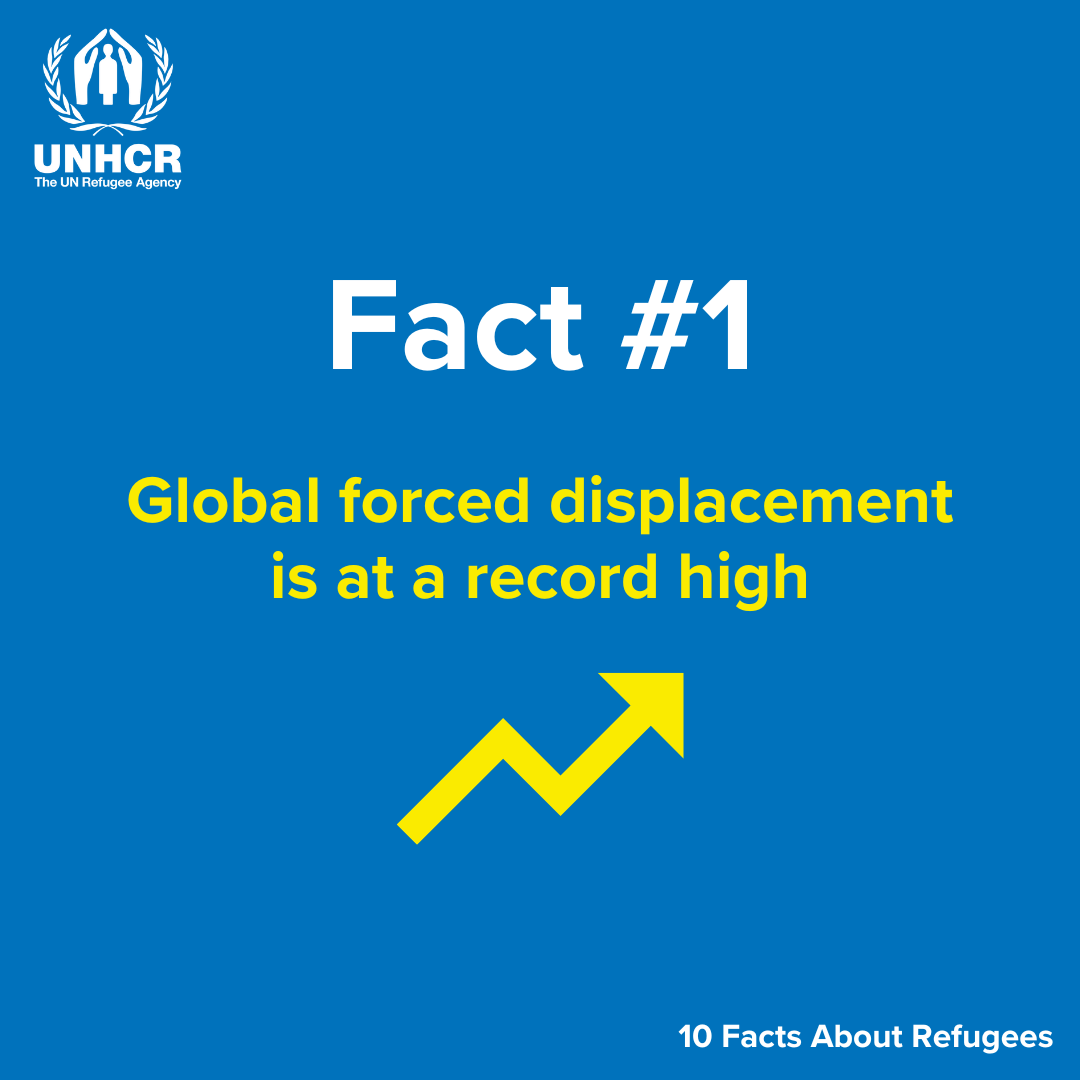
The number of people forcibly displaced by war, persecution, conflict, violence and human rights violations grew to an estimated 108.4 million at the end of the 2022. The number includes 35.3 million refugees. In only one year, the number grew with 19.1 million people forcibly displaced, which is the highest annual increase ever.
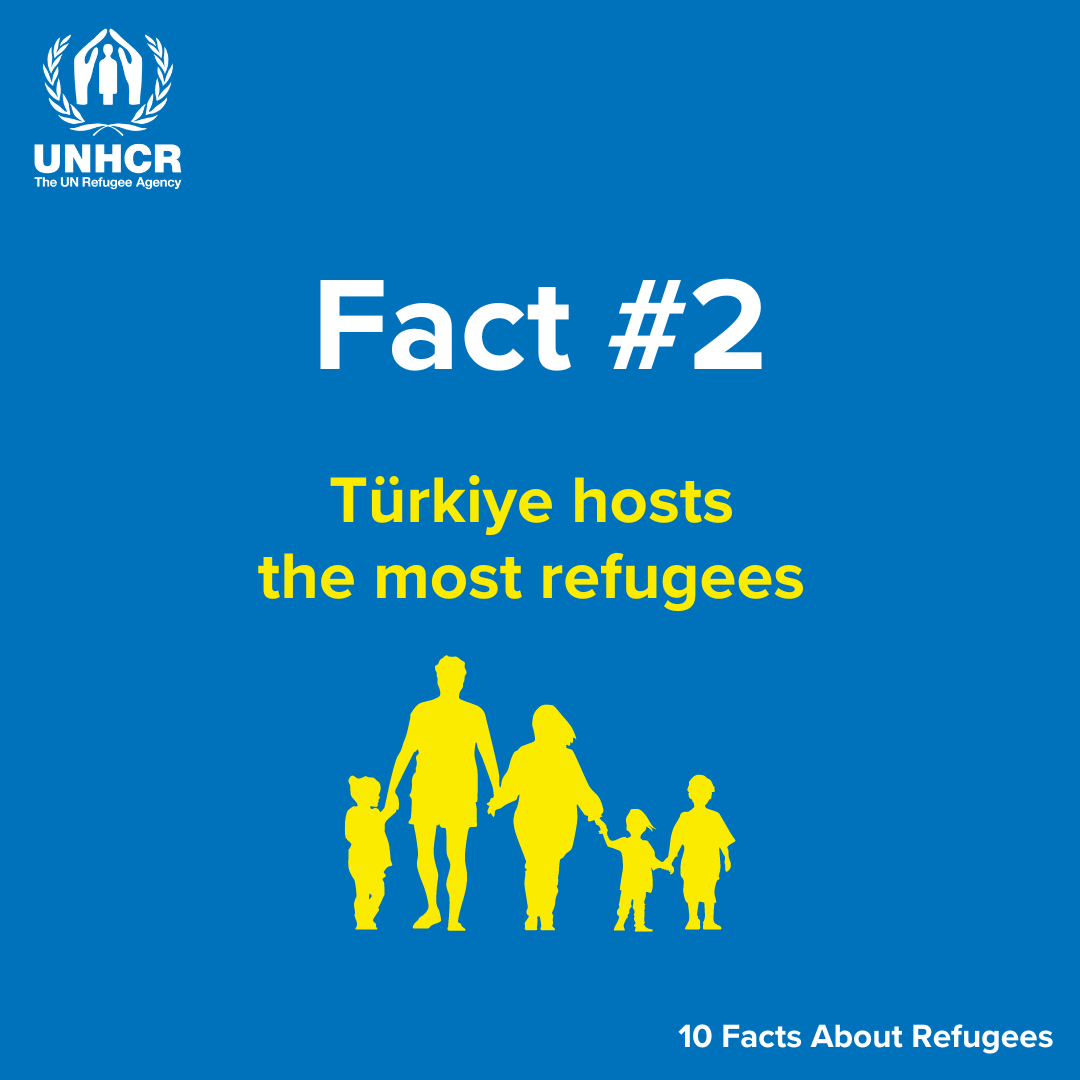
Türkiye is the largest refugee-hosting country in the world, with 3.6 million refugees, followed by the Islamic Republic of Iran with 3.4 million. Nearly all of the 3.6 million refugees hosted in Türkiye are from Syria.
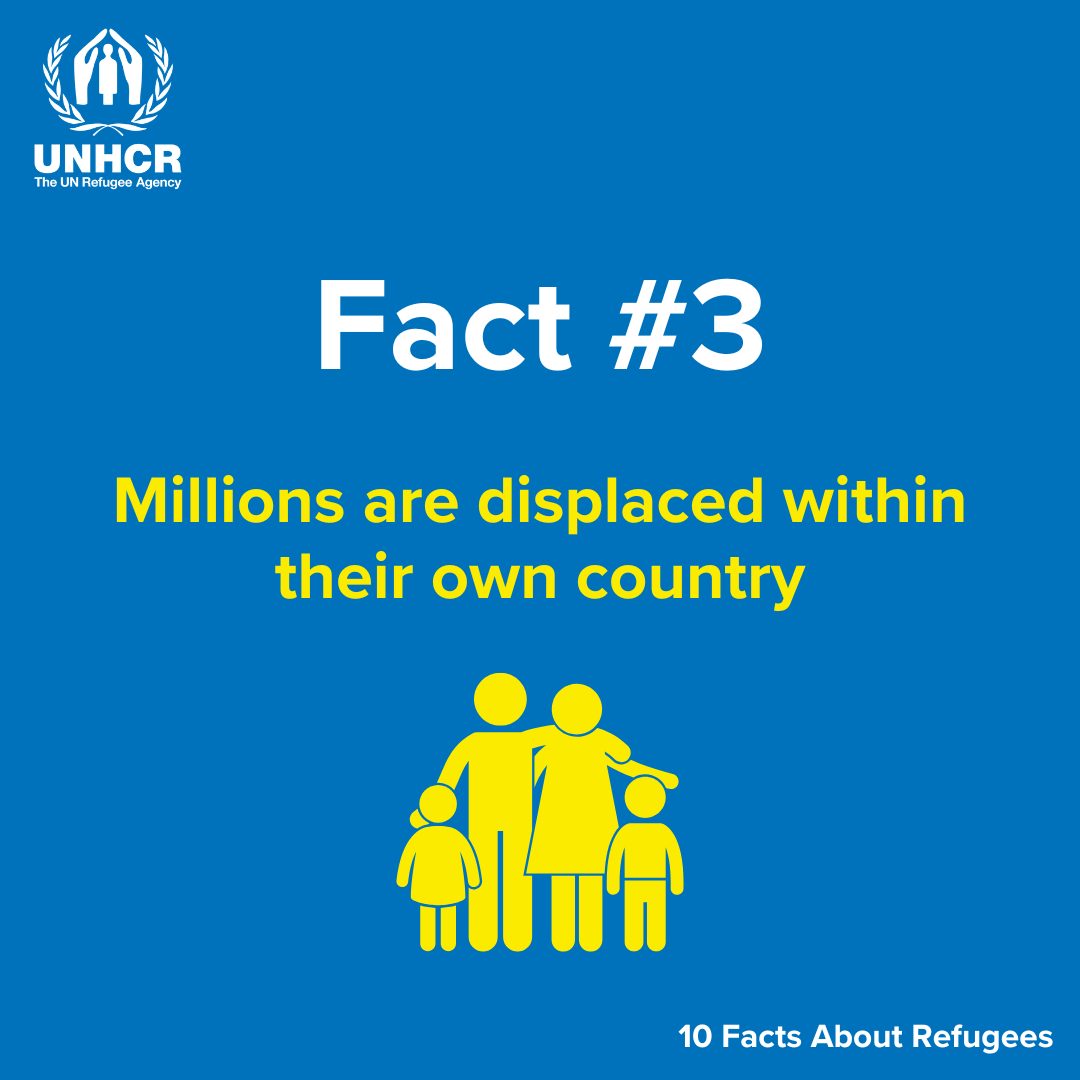
While 34.6 million people have fled their country, most of the people fleeing, 62.5 million, remain in their own country as internally displaced. Colombia and Syria are the two countries with the largest number of people displaced within their own countries, 6.8 million in each.
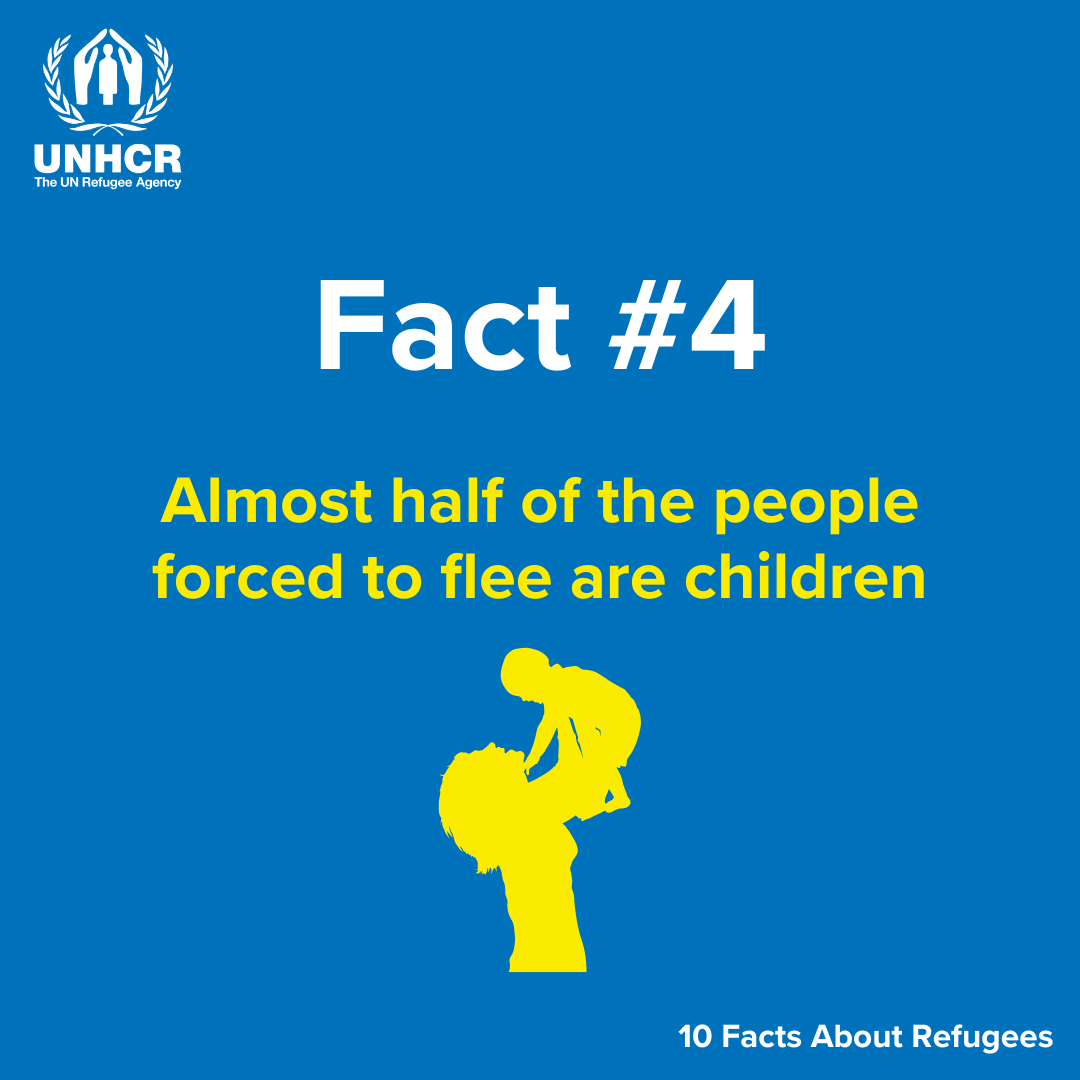
Even though children account for 30% of the world’s population, a total of 41% of all refugees are children. In 2022, some 51,700 unaccompanied or separated children sought asylum in countries around the world.
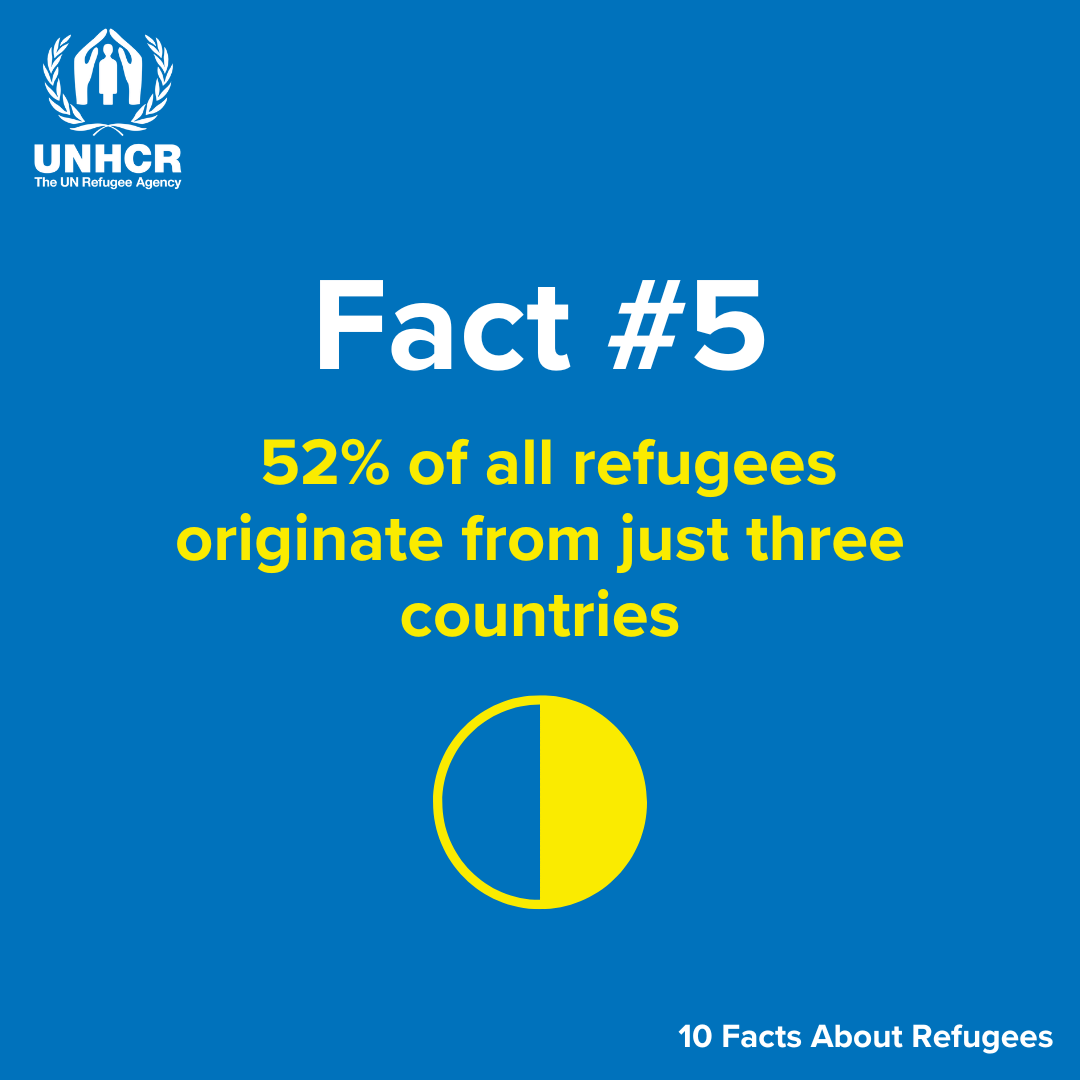
52 % of all refugees and other people in need of international protection came from just three countries: Syrian Arab Republic (6.5 million), Ukraine (5.7 million) and Afghanistan (5.7 million).
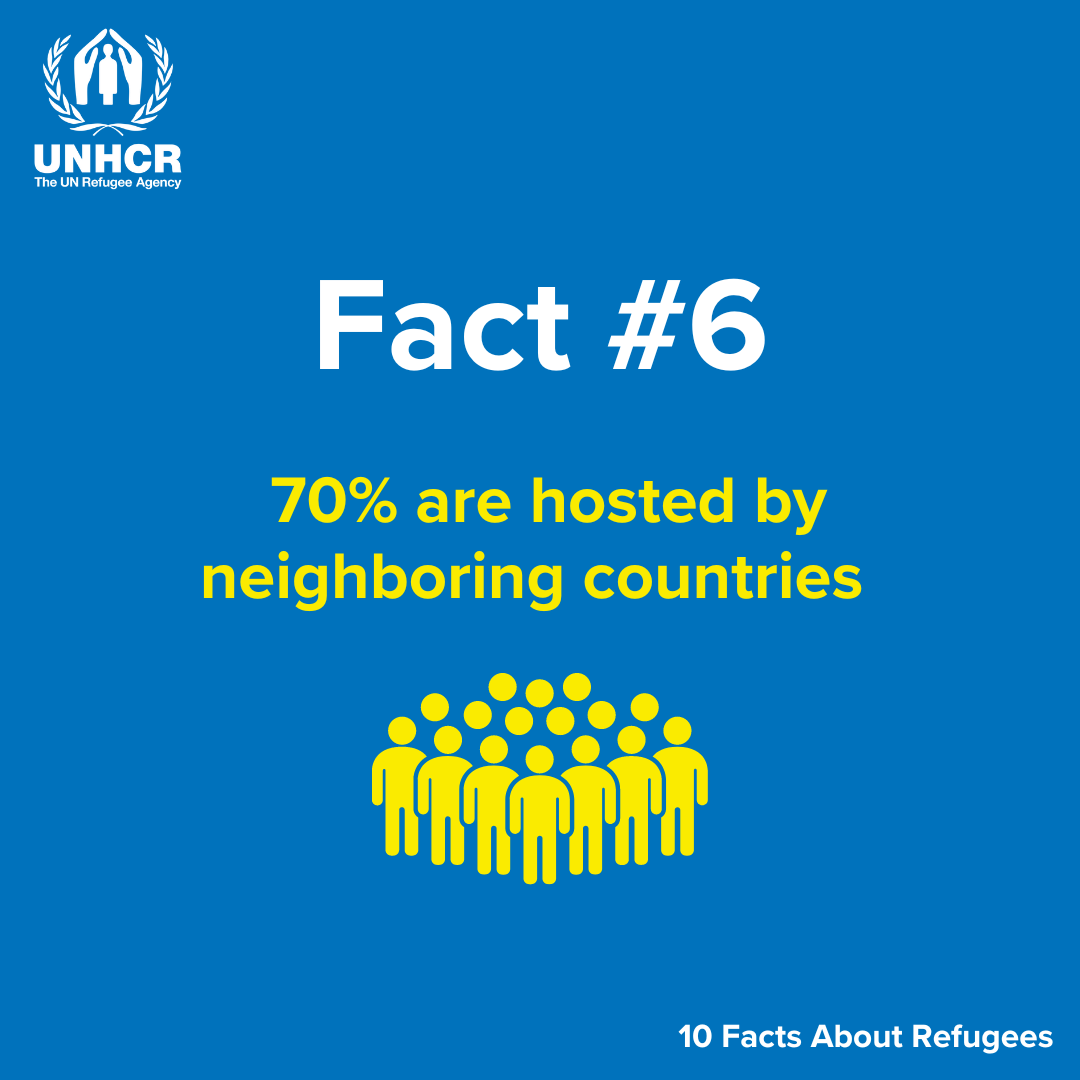
Most people fleeing conflict and persecution remain near their country of origin. By the end of 2022, the number of refugees hosted in neighboring countries dropped compared to previous years, primarily because many Ukrainians are hosted in countries that do not directly neighbor Ukraine.
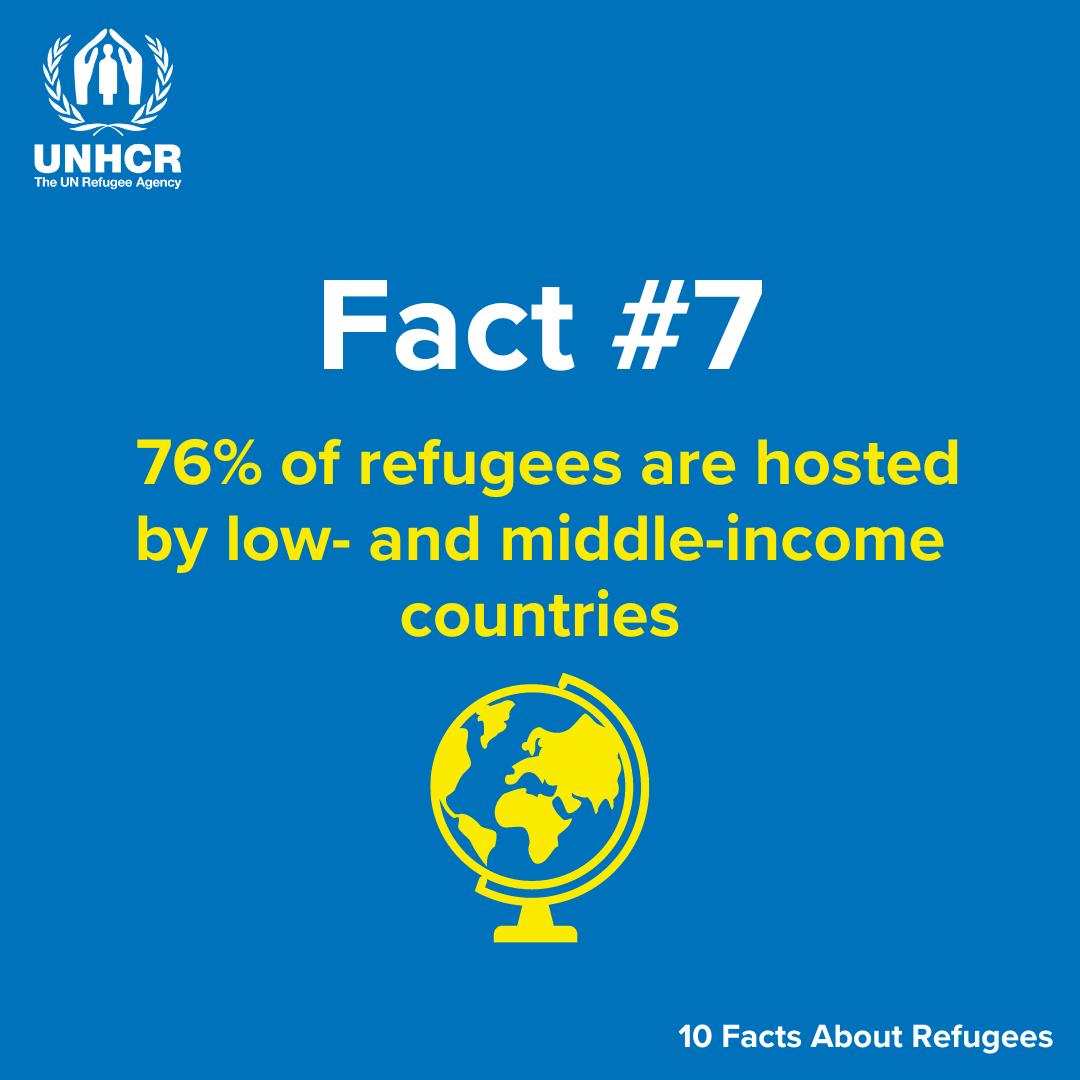
The majority of refugees continue to be hosted in low- and middle-income countries. The poorest countries in the world, host a disproportionately large share of the world’s displaced people. While these countries represent 9% of the global population and only 0.5% of global gross domestic product, they host 16% of all refugees.
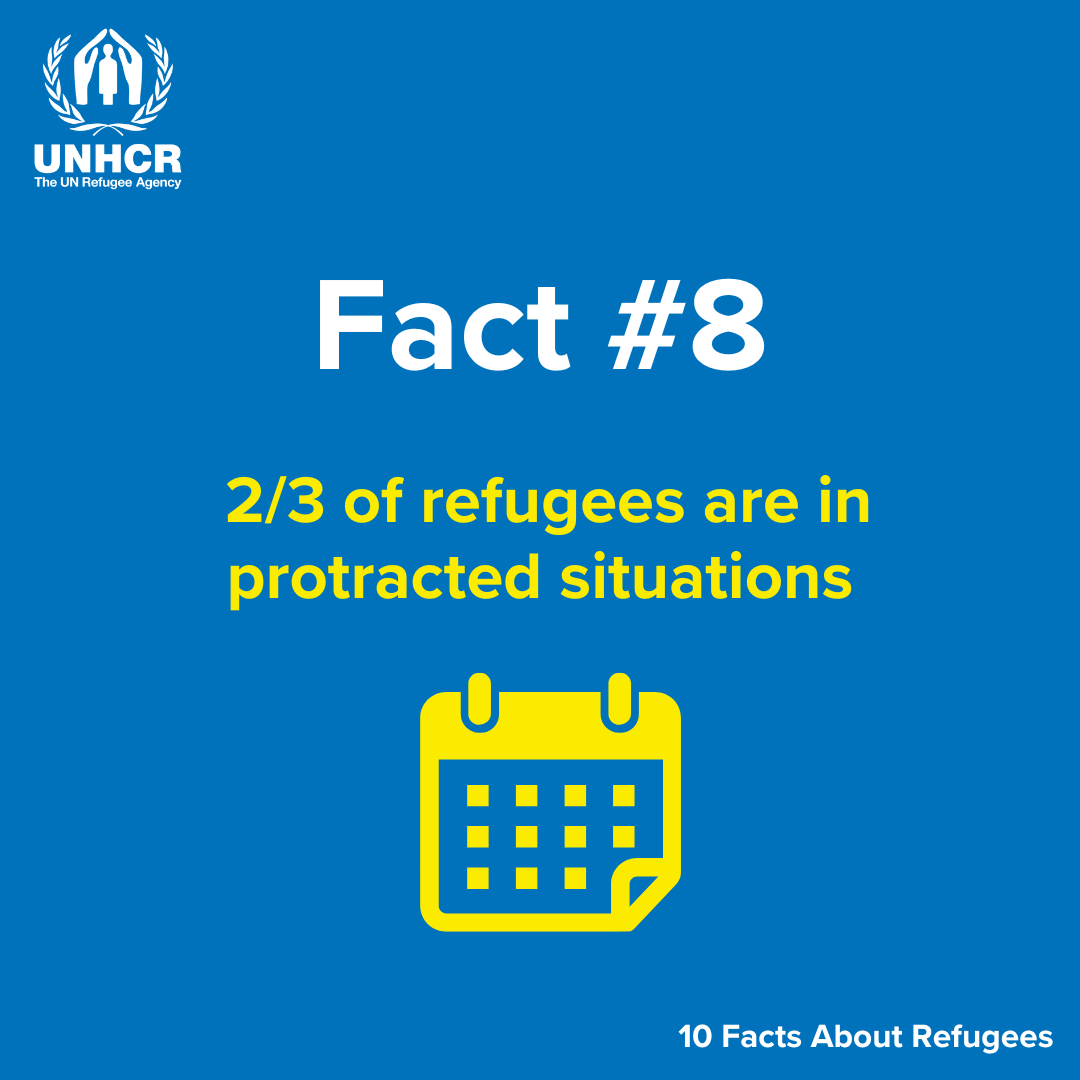
Many refugees remain displaced for years, even decades. An estimated 23.3 million refugees are in a so-called protracted situation. Protracted situations are those where more than 25,000 refugees from the same country of origin have been in exile in a given low- or middle-income host country for at least five consecutive years.
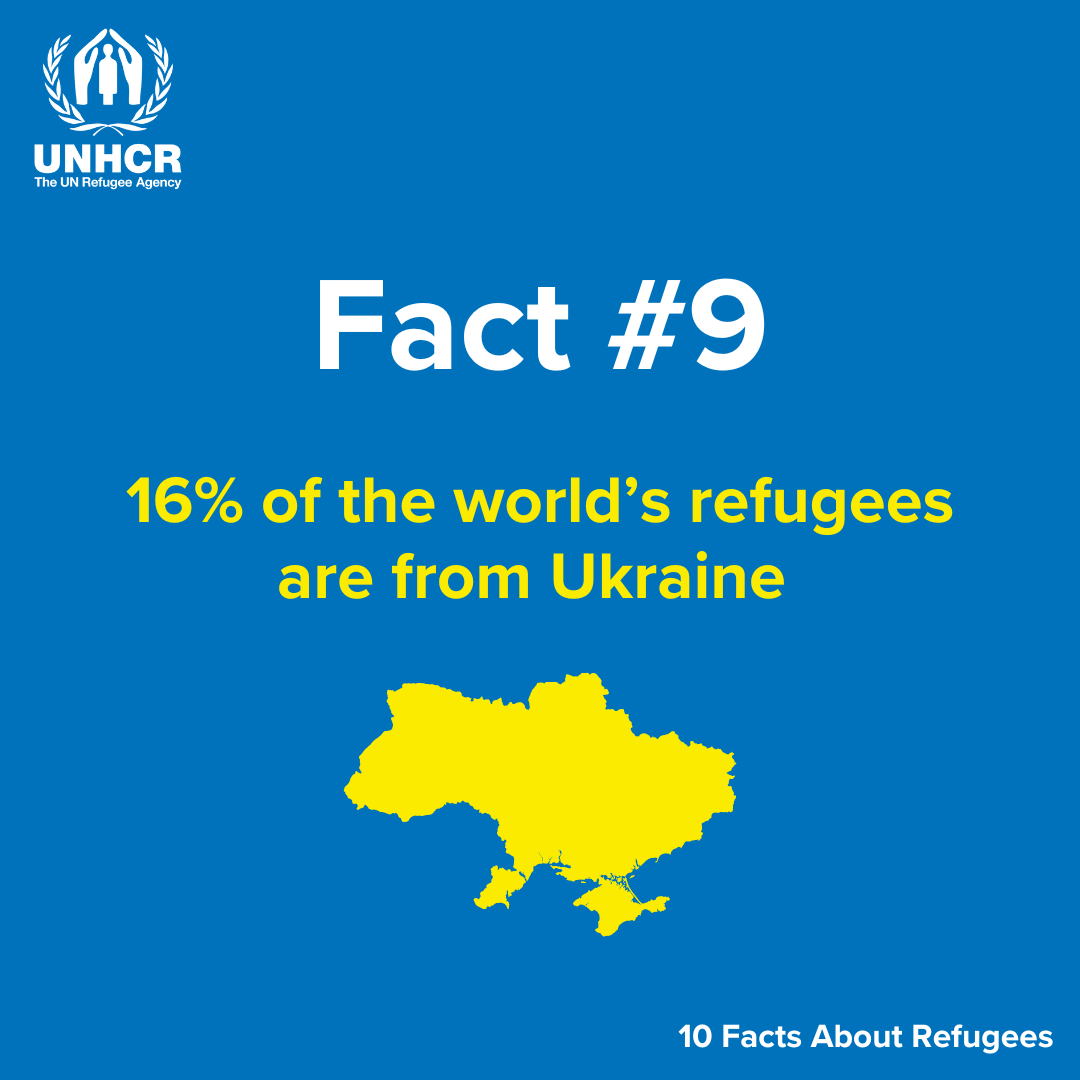
The number of Ukrainian refugees increased to 5.7 million at the end of 2022. This was the fastest outflow of refugees since the Second World War, triggered by the eruption of the full-scale war in Ukraine following the Russian invasion in February 2022.
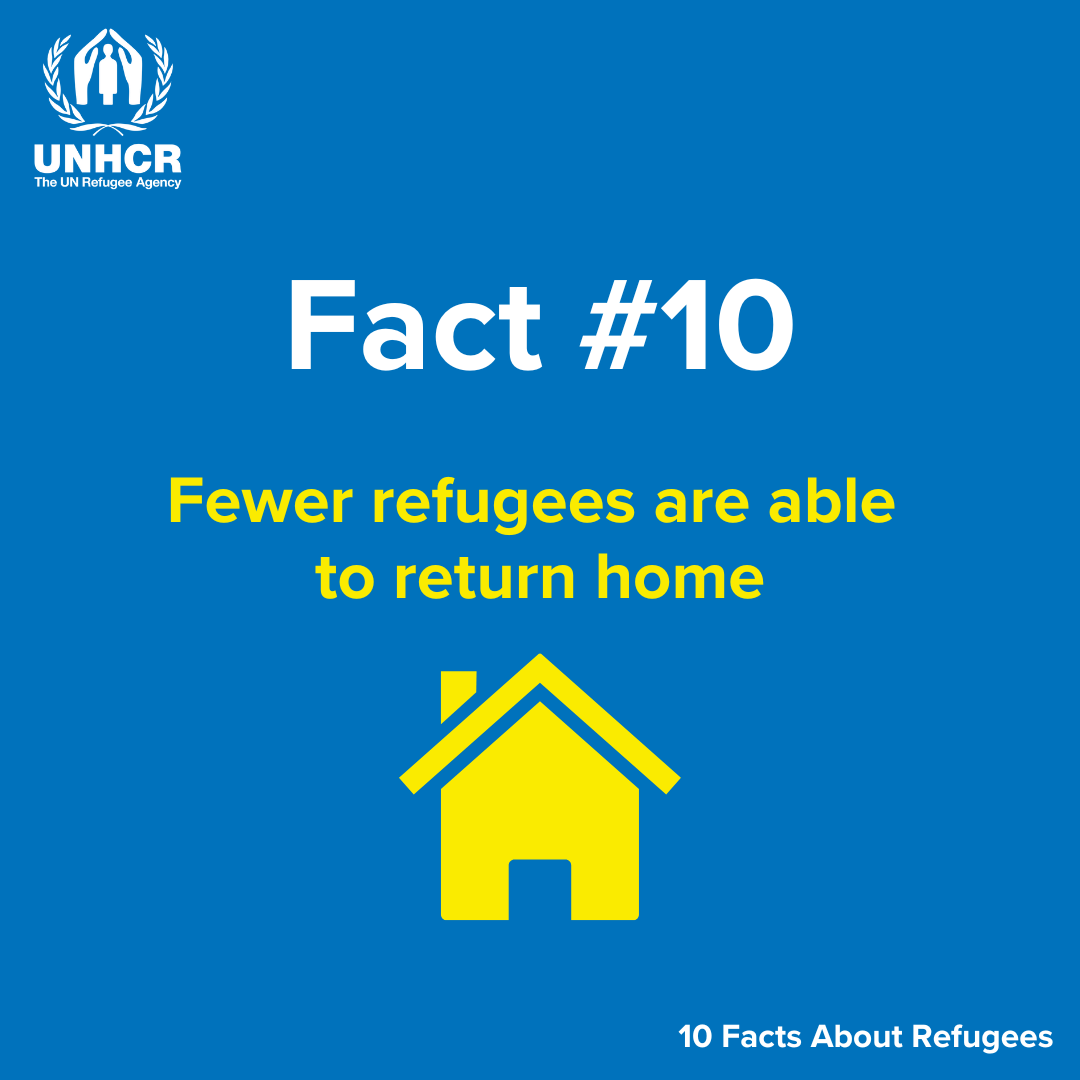
While the number of forcibly displaced has been increasing annually, the pace of solutions has slowed down. In 2022, 6 million displaced people returned to their areas or countries of origin, including 339,300 refugees. This is a decrease of 21% compared to the previous year. In 2022, for each refugee that returned or was resettled, there were 16 new refugees.
Share on Facebook Share on Twitter